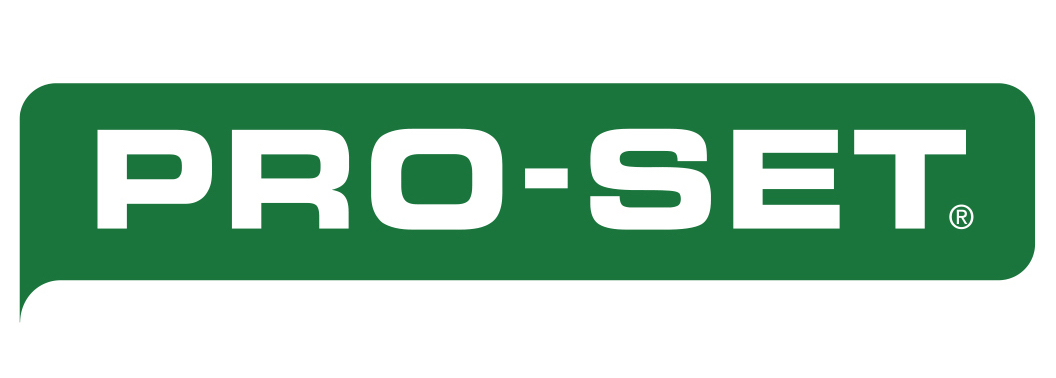How to use Pro-Set Epoxy
Post-cure schedules
Post-cure schedules for PRO-SET epoxy
Post-cure schedules vary depending on the resin/hardener combination, the desired laminate physical properties, and the capability of the post-cure equipment to reach and maintain a target temperature.
During a post-cure, the temperature of the laminate is slowly raised to the post-cure target temperature, held for a period of time, then slowly lowered to room temperature.
Elevated temperature cure may begin as soon as the laminate is laid up, but with precautions. Keep in mind that as the uncured epoxy warms, it becomes more fluid and may drain from vertical laminates or result in a reduced resin-to-fibre ratio in some processes. In addition, in thicker laminations, the heat of the post- cure added to the exothermic heat generated by a large mass of curing epoxy may be high enough to damage the laminate or mould. For these reasons, post-cure should begin after the epoxy reaches an initial cure at room temperature.
The post-cure target temperature is usually determined by the mechanical or thermal properties desired, but may also be determined by limitations of the post-cure equipment, or the ability of core materials or the mould, to withstand post-cure temperatures.
Although minimum recommended post-cure temperatures may be lower, 60–82°C is the most effective range for post-curing PRO-SET® epoxies (other than when LAM-251-HT hardener is used). The target temperature determines the maximum potential properties a resin/hardener combination can reach. The highest gain in properties occurs within 8 hours, with diminishing gain up to 16 hours.
The laminate thickness will determine the rate of temperature increase. A thick laminate may require a hold cycle to allow the temperature to normalise throughout the laminate. A core can insulate a portion of the laminate, causing that portion to lag behind the average temperature rise. Use thermocouples to monitor the temperature at various locations on the component during post-cure.
Increase the laminate temperature at a controlled rate so the laminate temperature does not exceed the thermal properties of the epoxy in the laminate. As the laminate is heated, the epoxy will continue to cure. The temperature ramp rate should be slow enough to allow for this additional epoxy cure, pushing the thermal properties of the epoxy up ahead of the laminate temperature. If the laminate temperature exceeds the thermal properties of the epoxy, surface distortion or laminate print-through may occur.
Observe the following guidelines to avoid thermal shock during the post-cure cycles:
1. Increase the temperature from room temperature at a rate of 8–11°C per hour.
2. At every 22°C increase in temperature, hold that temperature for an extra hour to allow interior laminate temperatures to equalise. Resume the temperature increase of 8–11°C per hour.
3. Continue this cycle until the post cure target temperature is reached.
4. Hold the target temperature for a minimum of 8 hours (other than when LAM-251-HT hardener is used). The physical and thermal properties of the component will continue to improve until 100% of the potential properties are reached. Lower target temperatures require longer post cure times to reach 100%.
5. Decrease the temperature at a rate of 11°C per hour.
6. Hold at 35°C for two hours to allow for normalisation.
7. Turn off heat and allow to cool to room temperature. This schedule is recommended when curing a lighter laminate. The temperature ramp speed should be decreased for moulds, plugs and heavy laminates. We recommend building test panels of the finished laminate schedule to determine the ideal post-cure cycle. Thermocouple wires embedded in the test laminate will measure the temperature lag during the post-cure.




